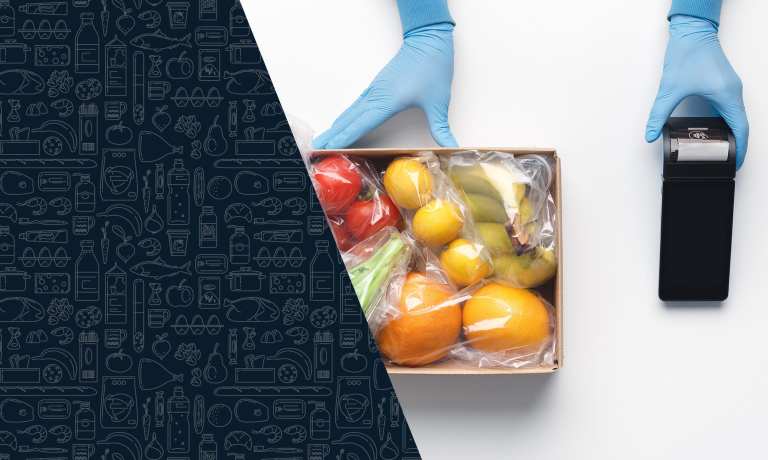NEW DATA: What US Consumers Want Grocery Stores To Know About How They Want To Shop And Pay

 As consumers spend more time at home, they continue to order groceries online in far larger numbers than they ever did before the pandemic.
As consumers spend more time at home, they continue to order groceries online in far larger numbers than they ever did before the pandemic.
In fact, even more consumers have shifted to ordering their groceries online over time, as 15.7 percent of all grocery shoppers now say they are buying fewer groceries in stores and more online than they had prior to the pandemic — roughly four times more than the 3.9 percent who had shifted back on March 6.
 Nine months into the pandemic, 63.9 percent of consumers today use digital channels to buy at least some of their groceries online. It is among these omnichannel shoppers that grocers have the opportunity to gain new customers if they were to offer digital payment options that consumers have now come to crave and expect.
Nine months into the pandemic, 63.9 percent of consumers today use digital channels to buy at least some of their groceries online. It is among these omnichannel shoppers that grocers have the opportunity to gain new customers if they were to offer digital payment options that consumers have now come to crave and expect.
The Omnichannel Grocery Report: Leveraging Digital Purchasing Channels To Boost Conversion, a PYMNTS and ACI collaboration, provides an overview of how grocers can improve their digital shopping and contactless payment offerings to enhance the customer experience. PYMNTS surveyed a census-balanced panel of 2,066 U.S. consumers to learn how much of their groceries they buy online or in store, where they prefer to shop, how many of them would be willing to switch grocers to access digital payment options, and which options grocers can provide to meet existing consumers’ changing expectations while also attracting new ones.
 PYMNTS research revealed that 38.6 percent of all consumers prefer grocery shopping with large national chains like Walmart, which was found to be the most preferred merchant at 27.8 of consumers. However, 25.4 percent buy their groceries from online grocers of all sizes, which means that small grocers can acquire new customers if they offer digital payment options.
PYMNTS research revealed that 38.6 percent of all consumers prefer grocery shopping with large national chains like Walmart, which was found to be the most preferred merchant at 27.8 of consumers. However, 25.4 percent buy their groceries from online grocers of all sizes, which means that small grocers can acquire new customers if they offer digital payment options.
For customers who are still going into brick-and-mortar stores, many of them are not only interested in using touchless payments at the point of sale (POS), but they would be willing to leave their favorite grocers if other stores were to offer touchless payment options. More than one-third of consumers who buy groceries would be willing to switch to grocers that offer touchless in-store payment technologies such as digital wallets, QR codes, cards on file and POS credit options. Again, this presents an opportunity for grocers to attract new customers by adopting alternative touchless payment options that consumers want to use to pay.
 Perhaps grocers’ biggest chance to gain new customers lies in focusing on delivering digital payment options to the 63.9 percent of omnichannel consumers who regularly use a combination of both brick-and-mortar and digital channels to buy groceries. Consumers of every age and income bracket are turning to touchless payment methods like contactless cards and digital wallets when they make their weekly purchases. At the same time, they are going online to order nonperishable products to be delivered or picked up. The grocers that are able to adapt and meet their customers’ increasing needs for omnichannel shopping and payment experiences stand to gain a competitive edge in today’s evolving digital-first grocery space.
Perhaps grocers’ biggest chance to gain new customers lies in focusing on delivering digital payment options to the 63.9 percent of omnichannel consumers who regularly use a combination of both brick-and-mortar and digital channels to buy groceries. Consumers of every age and income bracket are turning to touchless payment methods like contactless cards and digital wallets when they make their weekly purchases. At the same time, they are going online to order nonperishable products to be delivered or picked up. The grocers that are able to adapt and meet their customers’ increasing needs for omnichannel shopping and payment experiences stand to gain a competitive edge in today’s evolving digital-first grocery space.
These are only some of the findings from our research. To learn more about how digital payment channels are affecting the consumer grocery market, download the report.